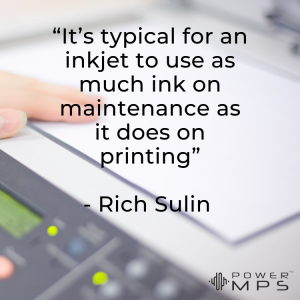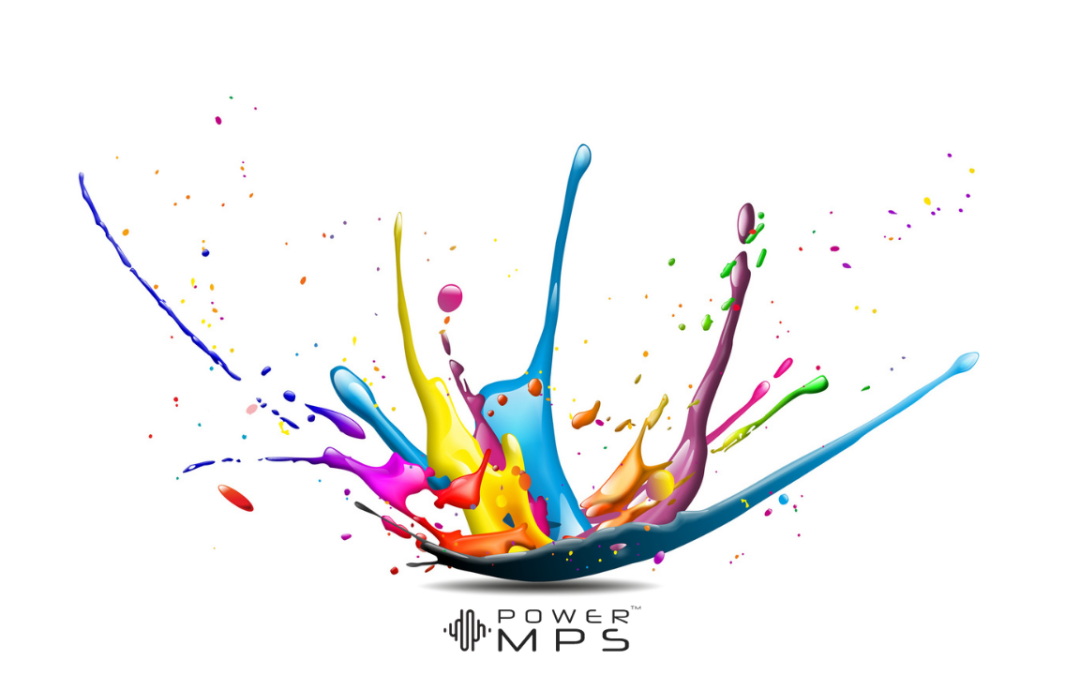With the price of gasoline rising sharply, soda is currently the least expensive liquid per gallon. As of March 2022, the average cost for one gallon of the sweet drink was two dollars and sixty-three cents. Further up on the scale are fluids such as bottled water, Cabernet Sauvignon, olive oil, and OPI nail Lacquer. But the most expensive fluid is still printer ink, where a gallon of black averages three thousand three hundred and thirty dollars.
Why Printer Ink Costs Big Money
Gasoline sees heavy, consistent use worldwide. So, why would printer ink have a higher per gallon price tag? The obvious assumption is that businesses are greedy, and that’s how printer manufacturers make a profit. Maybe that makes sense for consumers who often spend fifty to one hundred dollars on a machine that comes with a supply of ink. But office printers are larger, more efficient, higher quality, and priced to cover the parts and labor to build that level of equipment. Yet, ink costs remain pricey.
Much of that money goes into building the cartridge that holds the ink. Shopping for printer ink can be difficult because businesses are looking for a reasonable price. Still, they also must find a compatible cartridge for the machine sitting on their desk or floor. Often, cartridges are designed to fit a series of devices with a similar print capacity, speed, and ink chamber configuration.
These are all the factors considered when designing the ink cartridges. Most manufacturers ensure that a single cartridge matches with more than one printer model. But, despite their efforts, there is a great deal of specialization required to provide machines that fit the variety of needs of different office settings.
In addition to the design of individual cartridges, there is the fact that each cartridge is a small machine. Each cartridge has a small filament running through it that creates the pulse required to deliver the ink consistently. Therefore, efficient and precise manufacturing is essential to ensure each cartridge operates appropriately.
But we can’t forget about the actual ink. Surely the fluid itself is and should be inexpensive, right? But printer ink is flash heated up to 572 degrees Fahrenheit. Then, it is delivered at a rate of thirty-six thousand droplets per second at thirty miles per hour. All of this is sent through a nozzle one-third the width of human hair. And then we expect it to dry almost instantly on a piece of paper.
Printer manufacturer HP claims it spends around one billion dollars per year in research and development (R&D). They currently hold over four thousand patents related to their toner, ink, and cartridges. This R&D covers the creation of vibrant, high-efficiency, and photo-grade inks and a range of other pigment ratios and cartridge sizes or styles to meet the staggeringly different demands of businesses globally.
And while gasoline seems to make the world move, ink is in high demand. Even during the pandemic, ink demand has remained consistent. At the peak of lockdowns, office printing temporarily ramped down. But ink cartridge sales shifted from the office to the domestic market to serve consumers’ home office and homeschooling needs.
How Ink Gets Wasted
Printers and cartridges may claim to be capable of delivering a certain number of printed pages. But what they provide is often far under expectations. Consumer Reports found that many cartridge models delivered half or less of their ink. In a small number of cases, delivery was closer to twenty or thirty percent. The problem, they discovered, lies in intermittent use.
 “It’s typical for an inkjet to use as much ink on maintenance as it does on printing,” says Rich Sulin, who leads Consumer Report’s printer testing program. “While some inkjet printers are more efficient, they’re definitely rare.”
“It’s typical for an inkjet to use as much ink on maintenance as it does on printing,” says Rich Sulin, who leads Consumer Report’s printer testing program. “While some inkjet printers are more efficient, they’re definitely rare.”
Inkjets may not be the most cost-effective solution for offices that use their printers less frequently. Laser printers, which use toner rather than ink, do not have the same risks of drying out and blocking spray nozzles. Without requiring additional maintenance to clear print heads and test delivery, they may be more cost-effective.
However, for businesses that require vibrant color printing, there are other ways to save money on ink. One of the most accessible options is to leave the printer powered on to avoid start-up maintenance cycles that can waste ink. Employees could also print in draft mode for non-critical work or internal text documentation. Finally, when purchasing or leasing a new printer, research the amount of ink the machine uses for routine maintenance. Several options are available that can provide for more efficient use of ink.
Printer service experts such as printer maintenance, managed services, and leasing companies are excellent resources to help businesses evaluate available office printer options. In addition, they can help companies understand their current print volumes and ink usage, and make recommendations on features, equipment, and best practices to help businesses save money on one of the most expensive fluids on the market – ink.







